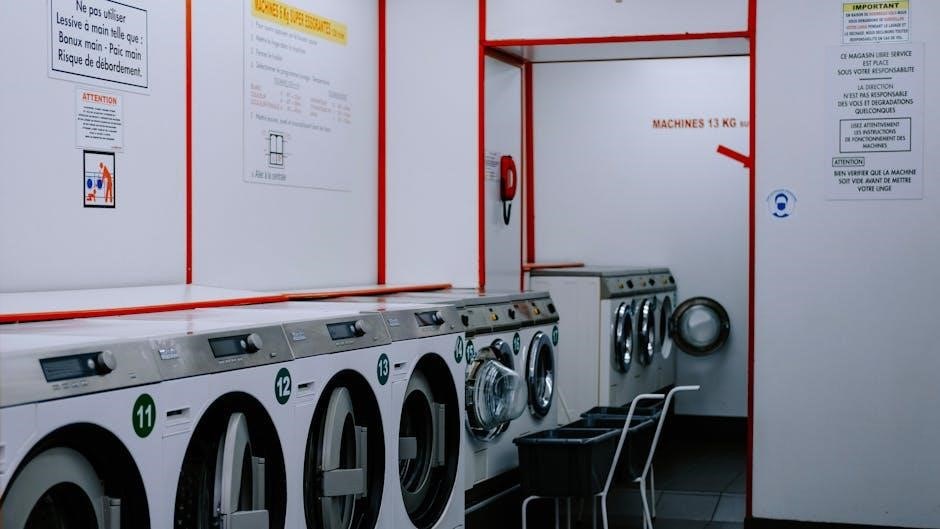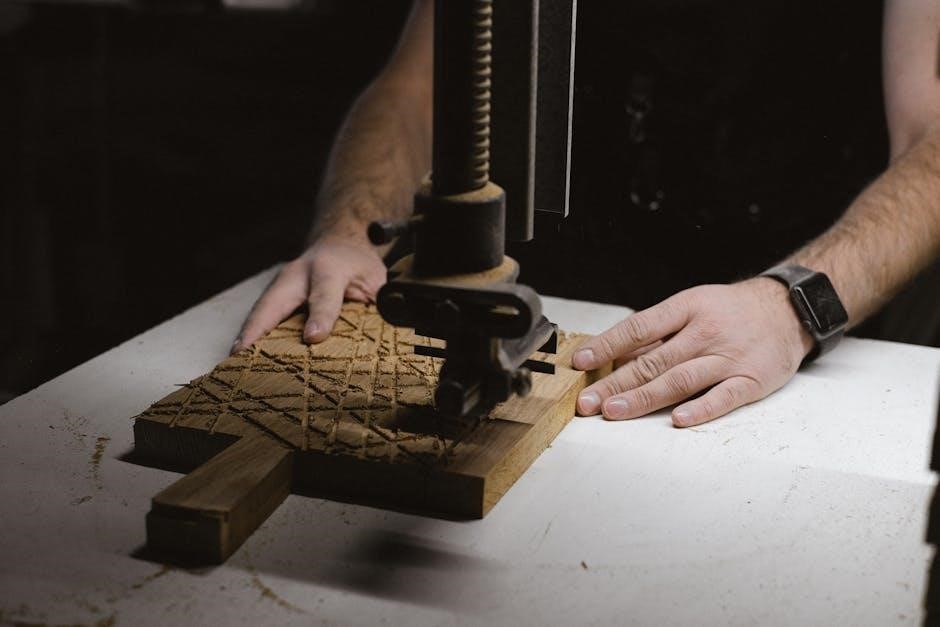A TENS (Transcutaneous Electrical Nerve Stimulation) machine is a non-invasive pain relief device that sends electrical pulses through the skin to stimulate nerves, reducing discomfort. Widely used in physiotherapy and home care, it offers a drug-free solution for managing various types of pain effectively.
What is a TENS Machine?
A TENS (Transcutaneous Electrical Nerve Stimulation) machine is a portable, non-invasive medical device designed to provide pain relief by delivering low-voltage electrical currents through electrodes placed on the skin. It works by stimulating sensory nerves, which can block pain signals sent to the brain and promote the release of the body’s natural pain-relieving chemicals, such as endorphins.
The primary purpose of a TENS machine is to offer symptomatic relief for various types of pain, including chronic pain, muscle tension, and inflammation. It is commonly used in physiotherapy, rehabilitation, and home care settings. Unlike medication, TENS provides a drug-free alternative for managing discomfort, making it a popular choice for individuals seeking non-invasive pain management solutions.
TENS machines operate in different modes, such as continuous or modulated pulses, allowing users to customize the treatment to their specific needs. They are generally easy to use, with clear instructions provided in the manual to ensure safe and effective application. By interrupting pain signals and stimulating nerves, TENS units help individuals regain control over their discomfort and improve their quality of life.

Components of the TENS Machine
A TENS machine consists of a main unit, electrodes, lead wires, and a power source. These components work together to deliver electrical pulses through the skin, providing pain relief by stimulating nerves and blocking pain signals to the brain.
Main Unit
The main unit of a TENS machine is the central component that generates and controls the electrical impulses delivered to the body. It is typically a small, portable device powered by a 9-volt battery or rechargeable lithium-ion battery. The unit features adjustable controls, such as intensity dials or buttons, allowing users to customize the strength of the electrical current according to their comfort level. Some advanced models may include multiple modes, such as continuous, pulse, or modulation modes, to vary the delivery of the impulses. The main unit also houses the necessary circuitry to ensure safe and effective operation, including features like voltage regulation and automatic shutdown in case of malfunction.
Users should always refer to the instruction manual for specific guidance on operating the main unit, as different models may have unique settings or additional features. Proper use of the main unit ensures optimal pain relief and prevents any potential discomfort or harm. Regular maintenance, such as checking battery levels and ensuring all connections are secure, is essential for prolonging the lifespan of the device.
Electrodes
Electrodes are a critical component of a TENS machine, responsible for delivering electrical impulses to the skin. They are typically made of flexible, gel-coated pads that adhere to the skin’s surface, ensuring proper conductivity. The electrodes come in various sizes and shapes to accommodate different body areas. Proper placement is essential for effective pain relief, and users should consult the instruction manual or a healthcare professional for guidance on positioning.
Before applying the electrodes, the skin should be clean and dry to ensure optimal adhesion and signal transmission. The gel coating on the electrodes helps maintain contact and prevents irritation. Over time, the adhesive properties of the electrodes may diminish, requiring replacement. Users should inspect the electrodes regularly for wear and tear, such as cracks or reduced stickiness, and replace them as needed to maintain performance.
It’s important to avoid placing electrodes on sensitive areas, such as the eyes, mouth, or open wounds, as this could cause discomfort or complications. Additionally, users should not share electrodes, as this can lead to hygiene issues. Always follow the manufacturer’s guidelines for electrode placement and maintenance to ensure safe and effective use of the TENS machine.
Lead Wires
Lead wires are essential components of a TENS machine, serving as the connection between the main unit and the electrodes. They are designed to transmit electrical impulses from the unit to the electrodes, which are placed on the skin. High-quality lead wires are typically insulated to prevent interference and ensure consistent signal transmission.
Most TENS machines come with lead wires of varying lengths, allowing for flexibility in electrode placement. Users should handle the lead wires with care to avoid damage, such as kinking, bending, or exposing them to extreme temperatures. Regular inspection is recommended to check for signs of wear, such as fraying or corrosion, which can disrupt the electrical connection.
If a lead wire becomes damaged, it should be replaced immediately to maintain the effectiveness of the TENS therapy. The instruction manual often provides guidance on how to properly connect and care for the lead wires. By following these instructions, users can ensure optimal performance and extend the lifespan of their TENS machine.
Power Source
The power source of a TENS machine is typically a small, portable battery, often a 9-volt battery, which ensures convenient and continuous operation. Some units may also come with rechargeable batteries, offering a cost-effective and environmentally friendly option. The battery life varies depending on usage, with most machines providing several hours of operation on a single charge or set of batteries. It is important to follow the manufacturer’s instructions for replacing or recharging the power source to maintain optimal performance. Always use the recommended type of battery to avoid damaging the device. Regularly checking the battery level and replacing it when necessary ensures uninterrupted pain relief. Additionally, some advanced models may include low-battery indicators, alerting you when the power source needs attention. Proper maintenance of the power source is essential for the longevity and functionality of the TENS machine.

Safety Considerations
Always follow the manual to avoid misuse. TENS is not recommended for individuals with epilepsy or pacemakers. Avoid using near water or while operating machinery. Consult a healthcare professional if pain cause is unknown. Proper use ensures effectiveness and prevents adverse effects.
Precautions
Before using a TENS machine, it is essential to follow specific precautions to ensure safe and effective therapy. Always consult a healthcare professional if unsure about the cause of pain or suitability for TENS. Avoid placing electrodes on open wounds, broken skin, or sensitive areas. Do not use TENS if you have epilepsy, as it may trigger seizures. Pregnant women, especially in the early stages, should avoid using TENS without medical advice. Additionally, TENS should not be used near the heart or over the carotid sinus. Users with pacemakers or other implanted medical devices should consult their doctor before using a TENS machine. Ensure the device is turned off before attaching or removing electrodes to avoid muscle contractions. Keep TENS units out of reach of children and avoid using them while driving or operating machinery. Adhere to the instruction manual guidelines for proper usage and intensity levels to prevent discomfort or adverse effects. Regularly inspect electrodes and lead wires for damage to maintain safety and performance.
Contraindications
The use of a TENS machine is not advisable in certain situations due to potential risks. Individuals with epilepsy should avoid using a TENS machine, as the electrical pulses may trigger seizures. Similarly, people with pacemakers or other implanted medical devices should not use TENS, as the electrical signals could interfere with the functioning of these devices. TENS should not be applied over the eyes or on the head, as this can lead to unintended nerve stimulation. Pregnant women, especially during the early stages, should consult their healthcare provider before using a TENS machine, as its safety in pregnancy is not fully established. Additionally, individuals with certain skin conditions or allergies to electrode materials should avoid using TENS to prevent adverse reactions. It is essential to consult a healthcare professional before using a TENS machine if there are any underlying medical conditions or uncertainties about its safe application.
- Epilepsy
- Pacemakers or implanted medical devices
- Application over the eyes or head
- Pregnancy (especially early stages)
- Skin conditions or allergies to electrodes
Maintenance Tips
To ensure the longevity and effectiveness of your TENS machine, proper maintenance is essential. Regularly clean the electrodes with mild soap and water to prevent dirt buildup, which can reduce their conductivity. Allow them to air dry before storing. Inspect the lead wires for any signs of damage or fraying and replace them immediately if compromised. Store the machine in a cool, dry place, away from direct sunlight, to prevent battery degradation. If your TENS unit is battery-powered, check the battery level frequently and replace it as needed. Avoid using abrasive cleaners or harsh chemicals, as they may damage the device or electrodes. After each use, turn off the machine and disconnect the electrodes to conserve power and maintain functionality. Refer to the instruction manual for specific guidance on caring for your particular model, as some units may have unique maintenance requirements. By following these tips, you can ensure your TENS machine remains in optimal working condition for consistent pain relief.

Operating Modes
TENS machines offer multiple operating modes, including Continuous, Pulse, and Modulation. Continuous Mode provides steady stimulation, while Pulse Mode delivers bursts of electrical current. Modulation Mode varies intensity automatically, preventing habituation and optimizing pain relief effectiveness.
Continuous Mode
Continuous Mode on a TENS machine provides uninterrupted electrical stimulation, delivering steady pulses without pauses. This mode is ideal for consistent pain relief, especially for chronic or ongoing discomfort. Users can adjust intensity levels to suit their pain management needs, ensuring comfort and effectiveness.
In Continuous Mode, the device operates at a fixed frequency and pulse width, which can be tailored to individual preferences. Electrodes are placed on specific areas to target pain sources effectively. This mode is often recommended for long-term use, offering sustained relief during activities or rest.

It’s important to follow the instruction manual for proper settings and duration. Overuse may reduce effectiveness, so periodic breaks are advised. Always ensure electrodes are correctly placed and the unit is functioning properly before use. Continuous Mode is a reliable option for those seeking steady, drug-free pain management.
